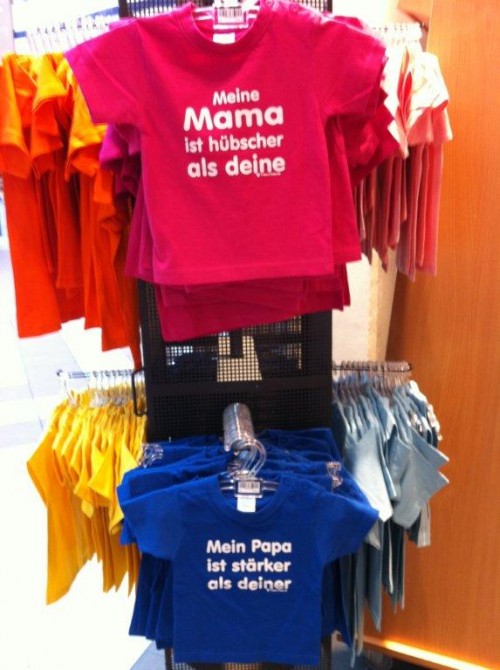For the last week of December, we’re re-posting some of our favorite posts from 2011. Originally cross-posted at Scientopia.
————————
I came across this fascinating poster advertising tea at The Coffee Bean in Irvine, CA. The ad features tea leaves balled up into small tea “pearls” and spilled into a person’s palm (text and analysis below):
Text:
Three minutes to fragrant perfection.
It takes a full day to hand-roll 17 ounces of our Jasmine Dragon Pearl Green Tea. But in just three minutes you can watch these aromatic pearls unfurl gracefully into one of the world’s most soothing and delicious teas.
This ad suggests that others’ toil should enhance one’s experience of pleasure. The fact that it takes a significant amount of human labor to “hand-roll” tea leaves into balls — an action that is in no way asserted to change the taste of the tea — is supposed to make the tea more appealing and not less. We are supposed to enjoy not just the visual, but the fact that others worked hard to produce it for us. A whole day of their labor for just three minutes of curly goodness.
This is a rather stunning value pervading U.S. culture. Luxury may be defined not only as pleasure, or as the consumption of the scarce, but as the “unfurling” of others’ hard work. What could be more luxurious than the casual-and-fleeting enjoyment of the hard-and-long labor of others?
Lisa Wade, PhD is an Associate Professor at Tulane University. She is the author of American Hookup, a book about college sexual culture; a textbook about gender; and a forthcoming introductory text: Terrible Magnificent Sociology. You can follow her on Twitter and Instagram.















